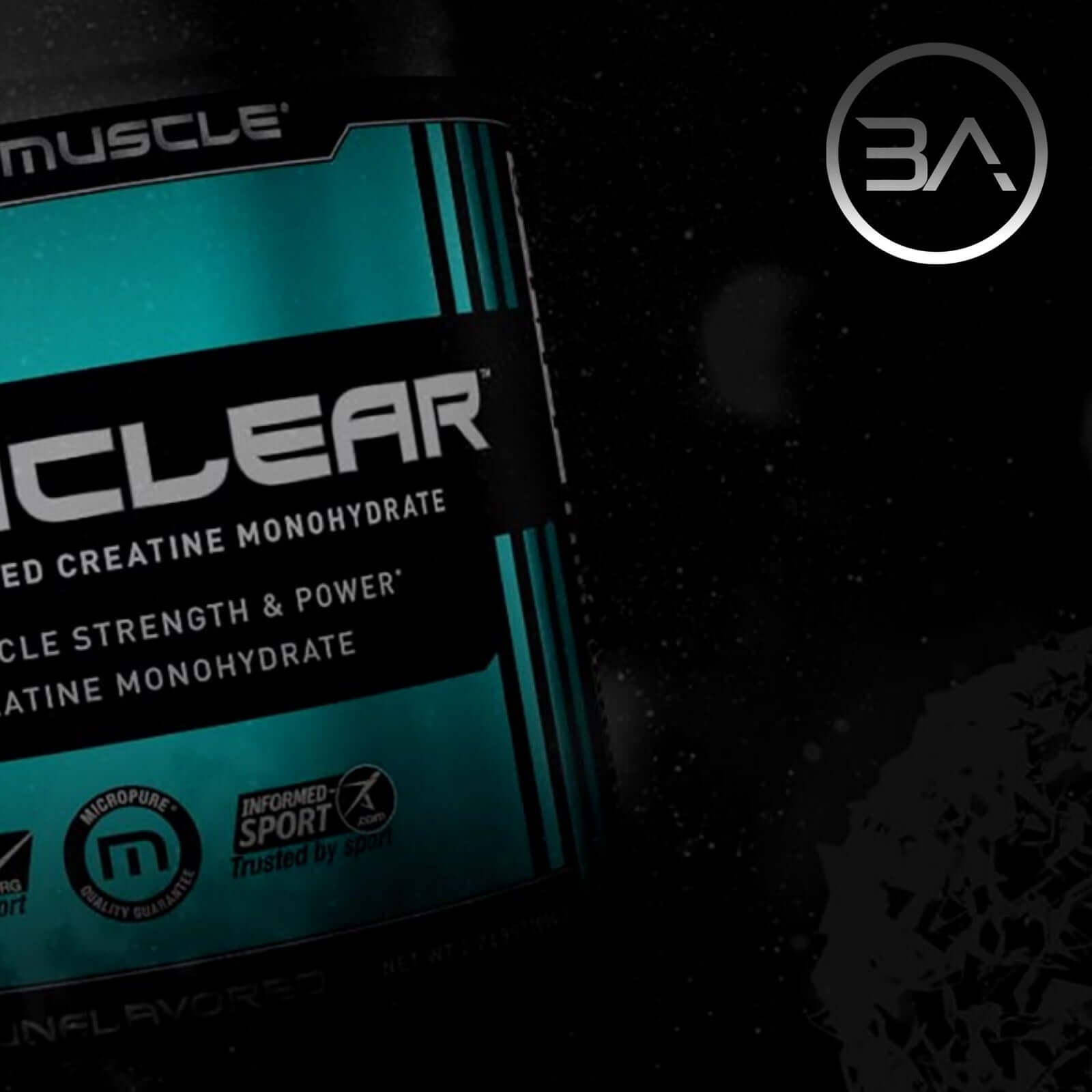Creatine. What is it? Who should use it? Is it safe? Is it a steroid?
These are some common questions brought up when creatine is the topic of a conversation. It’s one of the most researched and studied dietary supplements out there, but still one of the most misunderstood. With so much information out there we wanted to take the time to simplify and help clear a few things up for you about creatine.
What exactly is it and where does it come from?
This may surprise a few people, but creatine comes from vertebrates (meaning the being has a spine). Creatine is an amino acid derivative constructed from arginine, glycine and methionine, and is produced naturally in the liver, kidneys, and pancreas; then it is stored in the skeletal muscle and used as energy for physical activity. Around 95% of your creatine stores are found in your muscle and the other 5% in your brain, liver, and kidneys. This is stored as phosphocreatine.
Who would benefit from using creatine?
Given you are medically clear of any medical issues that would prevent you from using it (I’ve only ever seen 2 people in my lifetime that needed to stay away from it) just about anyone! For athletes, its highly beneficial because it promotes recovery, strength, and more muscle mass. When supplemented it increases your phosphocreatine stores which means more of the high energy molecule known as ATP (adenosine triphosphate). Also known as the energy currency. More energy=better training. You don’t have to be an athlete though to reap some benefits. Creatine has been shown to increase and improve cognitive brain function especially in the elderly and vegetarians/vegans (remember creatine comes from vertebrates and not plants).
Creatine is one of the most studied and trusted supplements out there, specifically creatine monohydrate. There has been some major misconception that creatine is a steroid. If you eat steak and other meat sources, then congratulations! You are eating great sources of creatine. Given that we are mostly all hunters and outdoorsmen, we eat lots of creatine. Individuals can benefit from 10g daily and there have been new studies to show the creatine loading phase is unnecessary, though this research is new and will be broken down much more in the coming years. There is still debate on what the best time to take it is, but to me personally before a workout makes the most sense given you are wanting energy for your session. Throwing it in with your preworkout is our recommendation. A lot of pre-workouts have creatine in them, but typically about 5 grams worth so make sure you are supplementing accordingly.
Side effects are rare and minimal, but some people can experience slight nausea and cramping. Creatine draws water from your body into the muscles (hence why some people feel bloated or watery) so it’s of utmost importance you are staying properly hydrated to get the full benefits of creatine. We find that many people having trouble with creatine side effects are not consuming enough water. There are a few different types of creatine including; creatine ethyl ester, creatine HCL, creatine gluconate, and tri creatine malate. Each one will have a different bio-availability and solubility, but monohydrate again is the most studied and stands tried and true.
In conclusion supplementing creatine can help improve physically and mental performance. Its inexpensive for the most part and just remember to hydrate properly!
What options we have available for you? We have you covered with several different options from the brands we trust. Click HERE to check them out.
*The statements have not been reviewed by the FDA and you should consult with a doctor before adding any additional supplements into your diet and meal plan.


